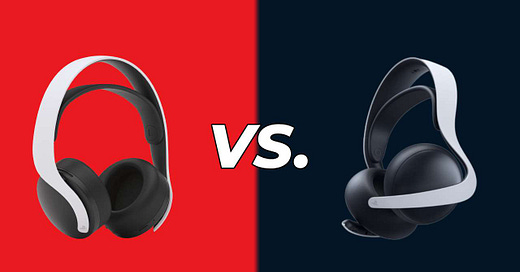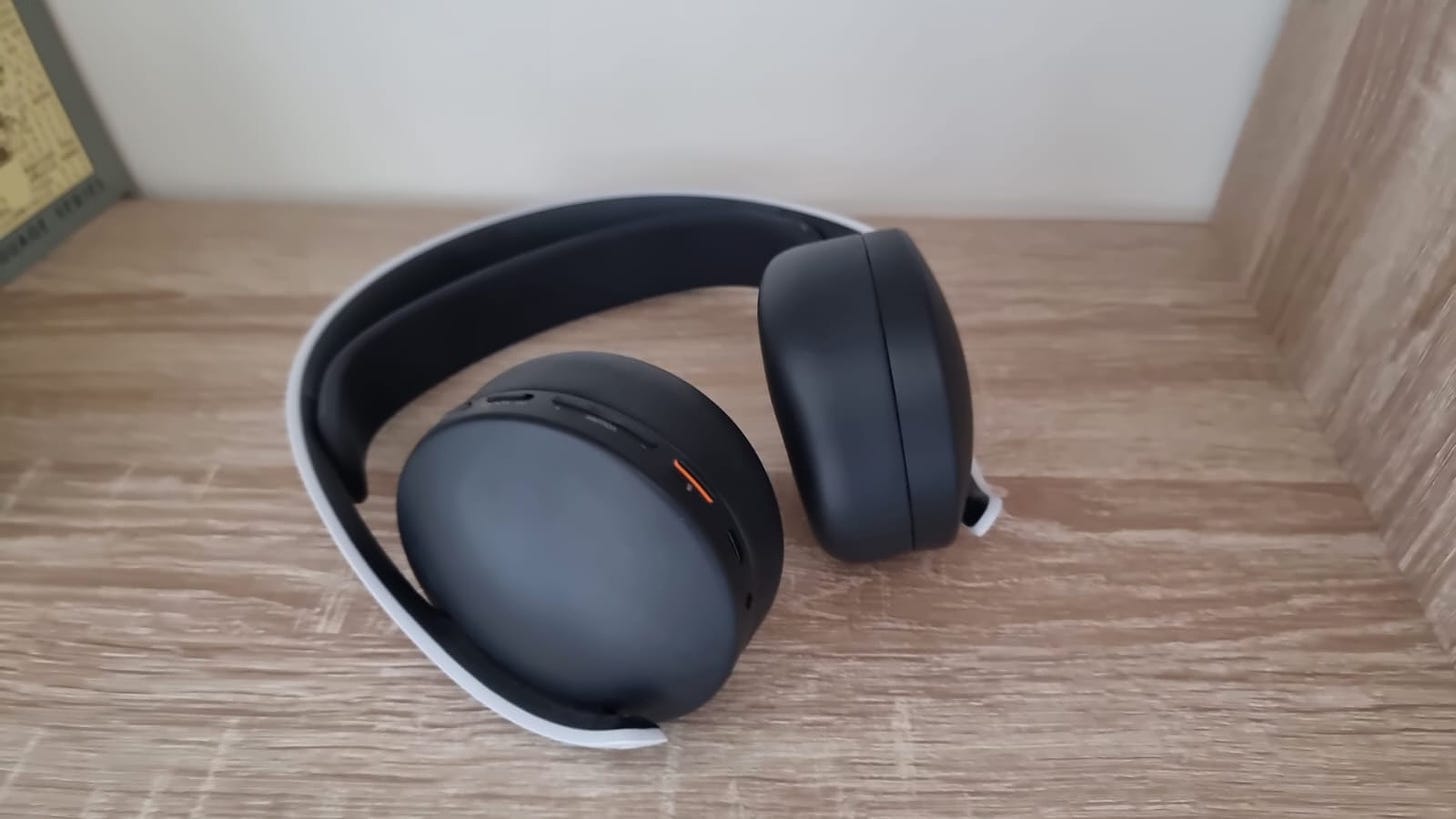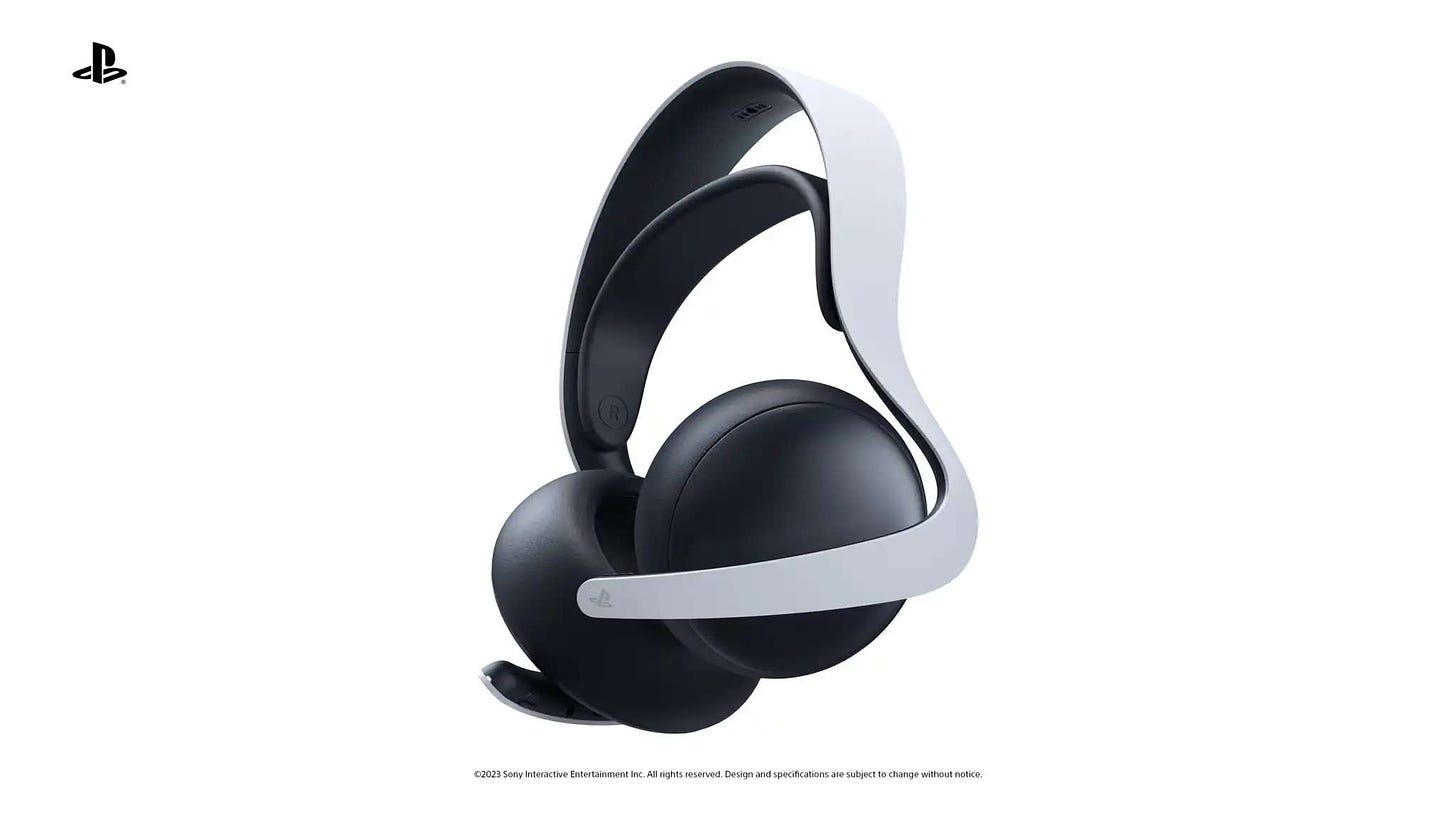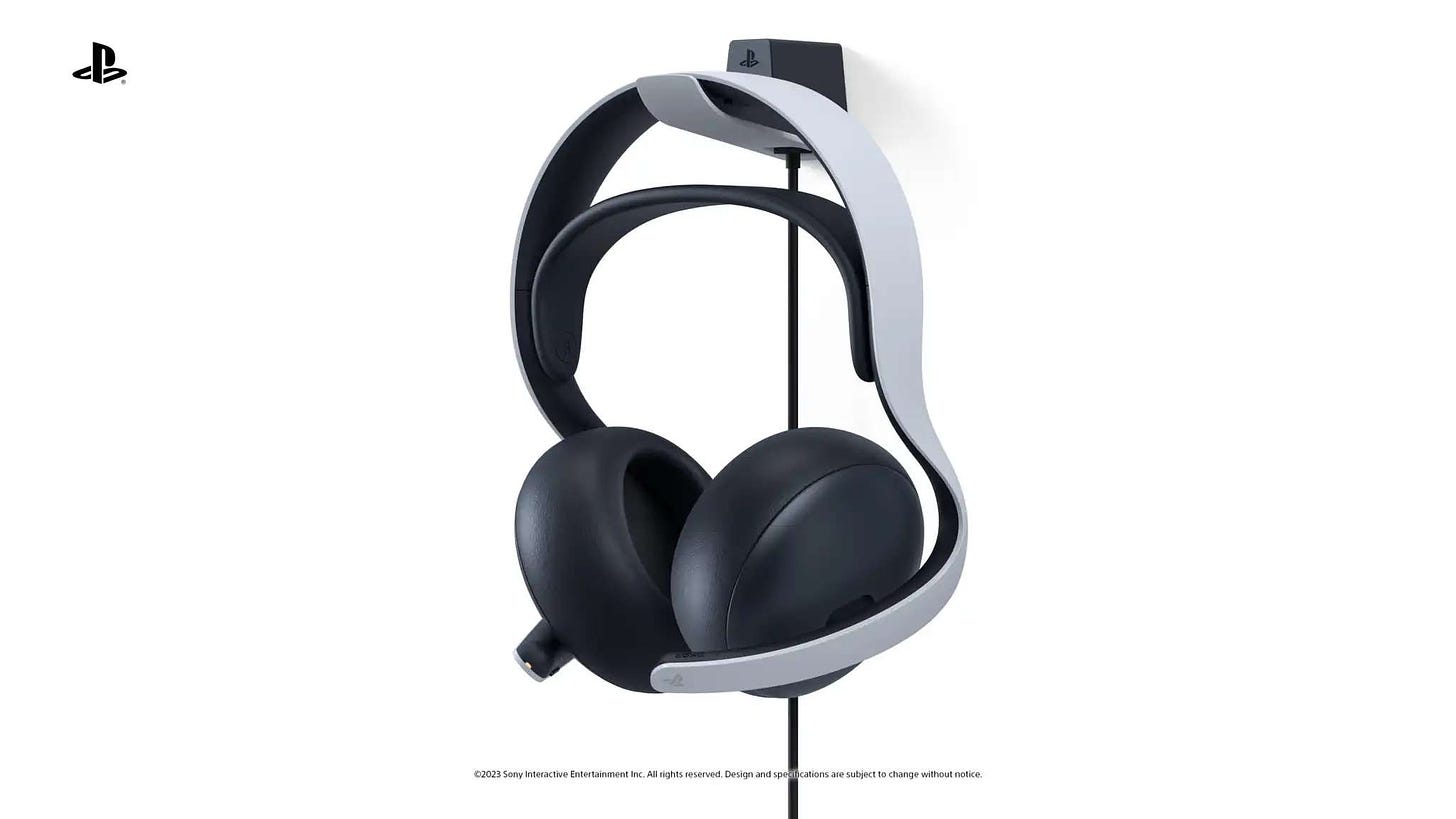
PS5 Pulse 3D vs PS5 Pulse Elite: which pair is right for you?
Sony has two official PlayStation 5 headsets to choose from. Here's how they compare
When choosing between the PS5 Pulse 3D vs PS5 Pulse Elite, it can be tricky to determine which PlayStation 5 headset is right for you at a glance.
With similar designs and a fairly close price point, you might wonder whether it’s worth paying a little more for the new PS5 Pulse Elite wireless headset or upgrading from your existing Pulse 3D headset. We’ll list the differences between the two PlayStation 5 headsets, and help you decide which pair is right for you.
You can also check out the best PS5 headset you can buy now if either of Sony’s official headsets isn’t quite what you’re after. And there are various options, too, from the best noise-canceling headphones to the most comfortable ones. However, if you’re interested in the PS5 Pulse 3D vs PS5 Pulse Elite and how they compare, read our full comparison below.
PS5 Pulse 3D vs PS5 Pulse Elite: price
The PS5 Pulse 3D and PS5 Pulse Elite aren’t miles apart when it comes to price, though only one costs less than $100. The PlayStation Pulse 3D headset is priced at $99 but is often available at a lower price. There are also three colorways available: the classic white that matches the console, an all-black design, and gray camouflage.
The PS5 Pulse Elite is a little pricier than the PS5 Pulse 3D. It costs $149, which is a much more attractive price point than the Sony INZONE H9 released earlier this year, which cost $299.
The $50 price difference may encourage people looking for better sound quality and an improved microphone to choose the Pulse Elite over the Pulse 3D. It's a strategic pricing move by Sony, especially considering the impressive specifications of the Pulse Elite.
PS5 Pulse 3D vs PS5 Pulse Elite: specs
The PS5 Pulse 3D and PS5 Pulse Elite may have a similar design, but their specifications differ significantly under the hood. The main distinction is that the Pulse 3D headset uses traditional dynamic, cone-shaped drivers, while the Pulse Elite uses flat, planar magnetic drivers.
Planar magnetic drivers are usually found in high-end headsets, such as the Audeze Maxwell, which costs $299.99. Critical listeners typically enjoy planar magnetic headphones as they offer immersive sound, improved bass response, and a wider sound stage, although imaging can suffer.
The PS5 Pulse Elite wireless headset also has a longer battery life, lasting 30 hours compared to 12 hours on the Pulse 3D headset. A 10-minute charge will also give you two hours of battery life on the Pulse Elite.
PS5 Pulse 3D specs
Dynamic drivers: 40mm
Battery life: 12 hours
Connection type: USB Type-C charging
Dual microphones with noise-canceling technology
3.5mm jack
PS5 Pulse Elite specs
Planar magnetic drivers
Battery life: 30 hours
Connection type: USB Type-C, charging hanger
Retractable boom microphone with AI noise-canceling technology
Bluetooth
PS5 Pulse 3D vs PS5 Pulse Elite: features
The PS5 Pulse 3D and Pulse Elite headphones have unique features that may make one pair more appealing than the other. The PS5 Pulse 3D was the only headset for PS5 that allowed you to customize the headset’s equalizer settings directly from the PS5 menu, but that’s thankfully about to change. The Pulse Elite has also received a desirable feature that lets gamers choose between three presets and adds three more slots so you can create and save your own EQ settings.
The PS5 Pulse Elite also has a significant selling point of its own. The headset supports PlayStation Link, Sony’s new wireless audio protocol that delivers high-quality lossless audio. It also allows you to experience wireless audio with the PlayStation Portal if you’d prefer an over-ear solution to the PlayStation Earbuds. The Pulse Elite includes Bluetooth, too, allowing you to listen to audio from another device while playing your favorite PS5 games, but it doesn’t come with a 3.5mm headphone jack like the Pulse 3D.
While you'll have to wait for our review of the PS5 Pulse Elite, the headset promises to deliver better audio quality than the PS5 Pulse 3D. As mentioned in the Pulse Elite’s specifications, the headset uses planar magnetic drivers, typically found in high-end open-back headsets. Unlike typical cone-shaped drivers, planar magnetic drivers are flat and can convey a wider range of nuanced sounds. Combine this with PlayStation 5’s 3D audio and players should be in for a real treat.
The PS5 Pulse Elite also includes a retractable boom microphone with AI-enhanced noise-reduction technology. It should be able to block repetitive noises when you're in a party chat with your friends, such as the humming of an air conditioning unit or someone vacuuming.
The Pulse Elite comes with a charging hanger as well as the typical USB-C connection, allowing for convenient charging and storage of the headset. 10 minutes of charge will give you two hours of playtime, meaning you won’t be left without your headset for long if the battery runs out.
PS5 Pulse 3D vs PS5 Pulse Elite: which one should you buy?
Both headsets will provide finely-tuned 3D audio for PlayStation 5, but it’s evident that there are some significant benefits to investing a bit more in the PS5 Pulse Elite. Not only does it promise to deliver superior audio quality compared to the Pulse 3D, but the fact that it works with PlayStation Portal and seemingly comes with a better microphone will make spending an extra $50 worth it for many.
Still, the Pulse 3D has proven to be an excellent, affordable option for PlayStation 5, and the ability to customize the headset’s EQ directly from the console is a nice benefit. If you're already satisfied with the Pulse 3D headset, the Pulse Elite probably doesn't offer enough to warrant an upgrade unless you find the audio and microphone quality lacking.
Last updated: July 31, 2024







